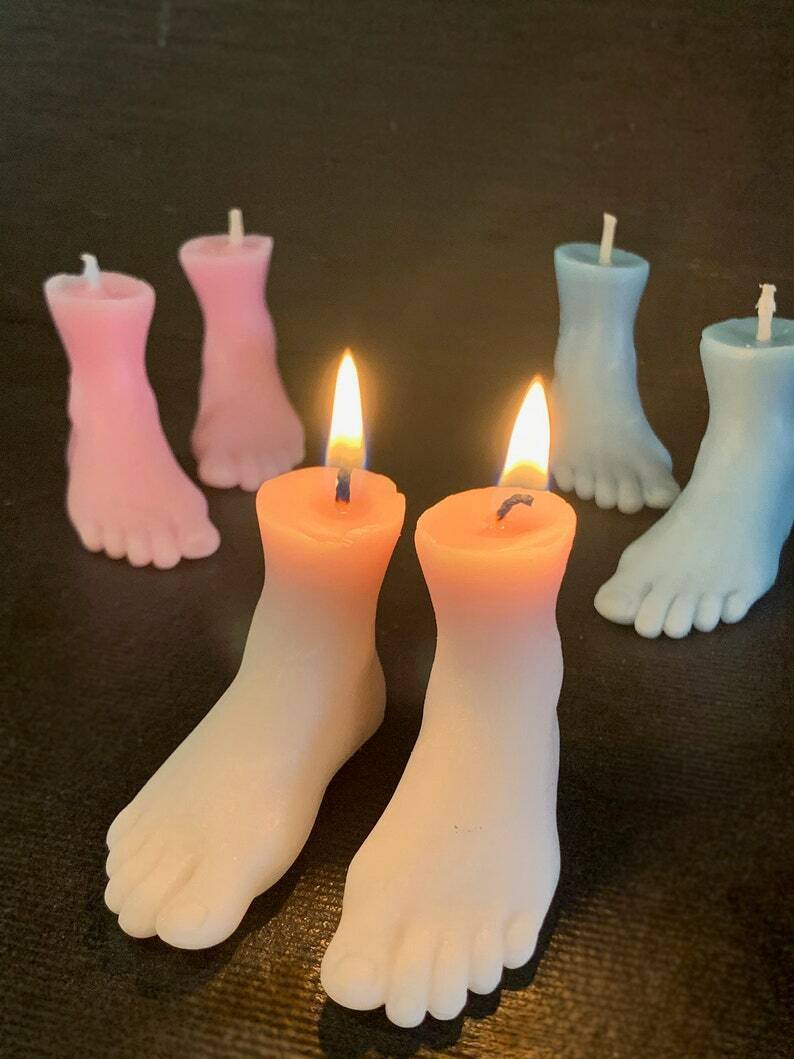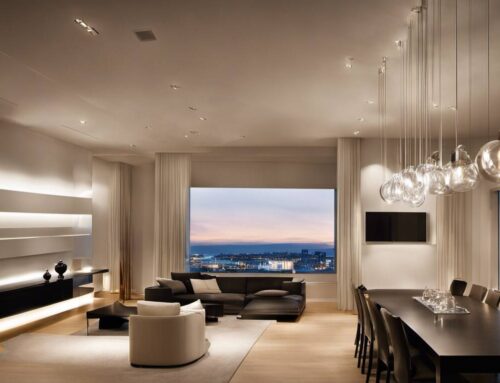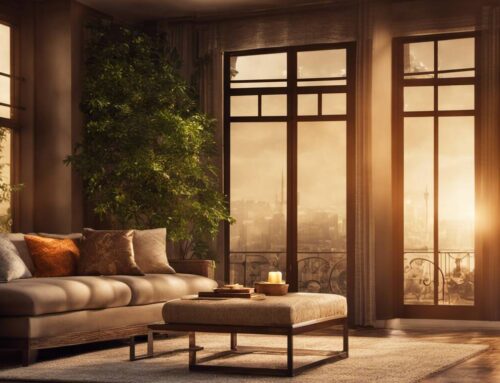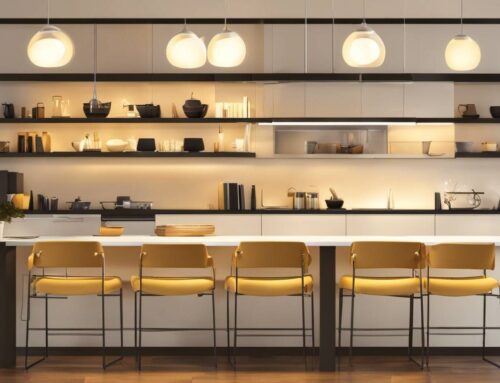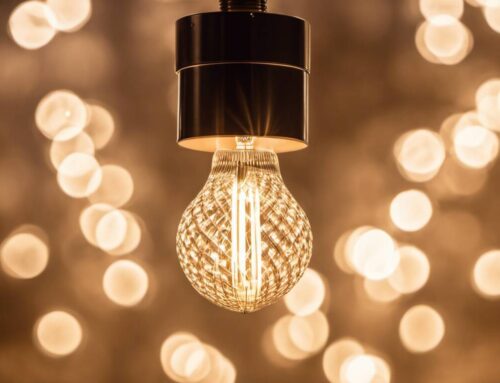Lighting, akin to candles illuminating a space, is an indispensable and crucial aspect of any given environment, whether it be for residential, commercial, or industrial purposes. Its purpose goes beyond simply providing illumination, as it significantly impacts the overall ambiance, light levels and mood, and vital functionality of the area. How well a space is lit, be it a workspace or a business, affects the productivity levels of the people working and the satisfaction of customers frequenting the businesses.
Footcandles (fc), not to be confused with the glow of actual candles, serve as a unique unit of measurement utilized to determine the accurate amount of light necessary for a specific space. The Ultimate Footcandle Lighting Guide is an all-encompassing and thorough manual that will equip you with indispensable knowledge required to choose the most fitting lighting for diverse spaces ranging from your home to your work environment.
Regardless of whether you are an accomplished architect, a proficient designer, or an enterprising businessperson, this guide will acquaint you with accurate measurements of lighting and everything that you need to know about footcandle lighting. By understanding the complexity of light levels, you can optimise the lighting conditions in any given space, be it your home or business.
What is a Footcandle anyways?
Footcandle is a unique unit of measurement used to quantify the amount of light, similar to how you might measure the brightness of a candle, that falls on a given surface. It is defined as one lumen per square foot. These measurements indicate the intensity of light in a given area, crucial for businesses looking to provide optimal lighting conditions for their customers and workforce.
The Illuminating Engineering Society (IES) offers lighting guidelines for various types of spaces based on their usage and specific requirements. These guidelines include comprehensive recommendations for the levels of foot candles required for a particular area, akin to how one might choose the number of candles needed to light a specific space effectively.
Choosing the Right Footcandles for Different Spaces
Several factors determine the recommended foot-candles for a specific area, including the age of the occupants, the nature of the task being performed, and the background brightness of the space, plus the level of light or lux provided by fixtures. For instance, older adults may require brighter lights than younger ones to accomplish the same task. Lighting levels are essential considerations for facilities management, as more detailed tasks necessitate higher foot-candles than simpler tasks. The background brightness of an area is also crucial, as it affects the perception and effectiveness of your lighting tools.
The interior decor of a room also affects foot-candle readings for specific areas. Light reflectance values of the ceiling, walls, and floors are incredibly important when determining the final foot-candle readings of your space. Considering the recommended reflectance values can also help when selecting lighting products, with a general rule of thumb for a given room being 80% for the ceiling, 50% for the walls, and 20% for the floors.
In facilities like a gym where appropriate LED Gym Lighting is necessary, maintaining appropriate foot-candle values is essential for safety and functionality.
When making lighting decisions, considering the right lighting products and appropriate fixture types based on your specific needs is critical for achieving optimal functionality and aesthetics.
At 1st Source Lighting, we value our customers. As part of our service, we offer free lighting layouts designed by our expert team of lighting engineers to aid in your lighting project.
Here are some specific examples listed below:
WAREHOUSING & STORAGE
Cold Storage 20 Footcandles Average
Open Warehouse 20 Footcandles Average
Warehouse with Aisles 20 Footcandles Average
EDUCATIONAL (SCHOOLS)
Classroom 40 Footcandles Average
Gymnasiums
Class I (Pro or Div. 1 College) 125 Footcandles Average
Class II (Div. 2 or 3 College) 80 Footcandles Average
Class III (High School) 50 Footcandles Average
Class IV (Elementary) 30 Footcandles Average
Auditorium 7.5 Footcandles Average
INDUSTRIAL/MANUFACTURING
Assembly
Simple (Large Item) 30 Footcandles Average
Difficult (fine) 100 Footcandles Average
Component Manufacturing
Large Comonents 30 Footcandles Average
Medium Components 50 Footcandles Average
Hallway 25 Footcandles Average
COMMERCIAL OFFICE
Open Office 40 Footcandles Average
Private Office 40 Footcandles Average
Restroom 18 Footcandles Average
Lunch & Break Room 15 Footcandles Average
OUTDOOR
Parking (Covered) 5 Footcandles Average
Lighting Zone 3 (Urban) 1.5 Footcandles Average
Lighting Zone 2 (suburban) 1 Footcandles Average
Gas Station Canopy 12.5 Footcandles Average
Safety (Building Exterior) 1 Footcandles Average
RETAIL
General Retail/Department Store 40 Footcandles Average
AUTOMOTIVE
Showroom 50 Footcandles Average
Service Area 50 Footcandles Average
Sales Lot (Exterior)
Lighting Zone 3 (Urban) 20 Footcandles Average
Lighting Zone 2 (Suburban) 15 Footcandles Average
GROCERY
Circulation 20 Footcandles Average
General Retail 50 Footcandles Average
Factors Affecting Footcandle Requirements
Several factors determine the recommended footcandles for a specific area, including the age of the occupants, the nature of the task being performed, and the background brightness of the space. For instance, older individuals require more light than younger ones to accomplish the same task. Additionally, more detailed tasks necessitate higher footcandles than simpler tasks. The background brightness of the area is also a crucial factor as it can affect the perception of light in the space.
The interior of the room also affects footcandle readings for specific areas. Light reflectance values of the ceiling, walls, and floors are incredibly important when determining the final footcandle readings of your space. The general rule of thumb for a given room is 80% for the ceiling, 50% for the walls, and 20% for the floors. In most cases, this will be a suitable rule to follow for determining footcandle requirements.
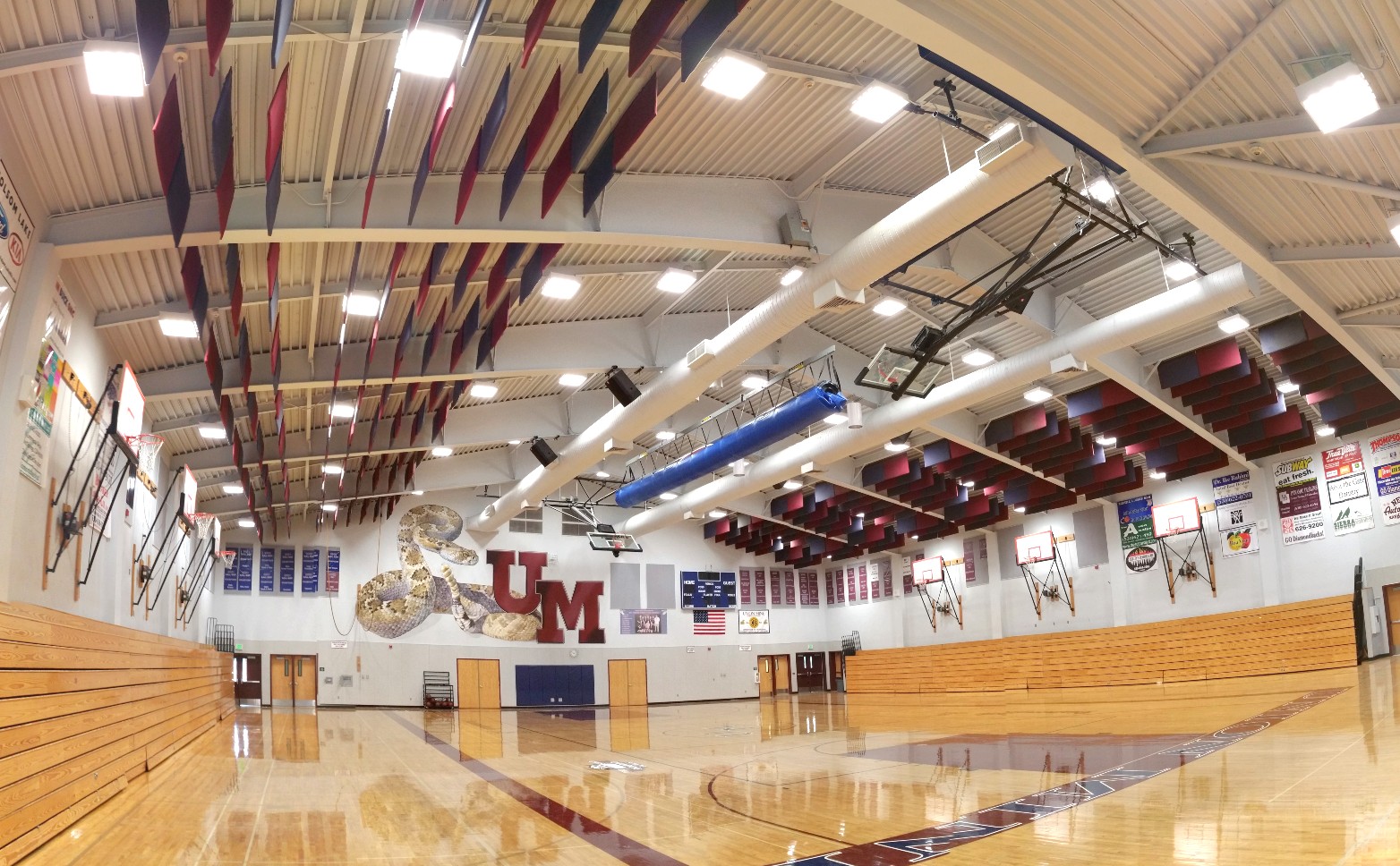
How to Measure Footcandles
Measuring footcandles is a simple process that involves the use of a light meter, a device that quantifies the amount of light that falls on a surface in footcandles. The light meter typically consists of a photocell that detects light and a display that indicates the measured value.
To measure footcandles, place the light meter at the specific point where you want to measure the light intensity and obtain a reading. Ensure that the light meter’s photocell is perpendicular to the surface being measured to obtain an accurate reading.
Generally, readings are taken at 2.5ft from the floor while also taking multiple readings throughout the space to give you an average footcandle reading. Some readings will be higher and lower than the final average, but this is normal due to the way light will reflect off of surfaces and objects in the room.
Choosing the Right Lighting Fixtures
Selecting the appropriate lighting fixtures is crucial to ensure that the lighting system provides optimal illumination while also enhancing the aesthetics of the space. When choosing lighting fixtures, several factors should be considered, including:
- Size and scale of the space: The size and scale of the space will determine the type and number of lighting fixtures required. Large spaces require more lighting fixtures, while smaller spaces may require fewer fixtures.
- Ceiling height: The height of the ceiling will affect the type of lighting fixtures that can be used. High ceilings may require fixtures that can be suspended or recessed, while low ceilings may require fixtures that are flush or semi-flush mounted.
- Color temperature of the light: The color temperature of the light will affect the ambiance and mood of the space. Warmer temperatures are suitable for creating a cozy and inviting atmosphere, while cooler temperatures are better for task-oriented spaces.
- Energy efficiency: Energy-efficient lighting fixtures not only help reduce energy costs but also have a positive impact on the environment. LED lighting fixtures, for example, are an excellent choice for energy efficiency, as they consume less energy and last longer than traditional lighting fixtures.
Frequently Asked Questions (FAQs)
What is the difference between lumens and footcandles?
Lumens are a measure of the total amount of light emitted by a source, while footcandles measure the amount of light that falls on a surface.
Can I use footcandles to measure outdoor lighting?
Yes, footcandles are useful in measuring outdoor lighting, however, light trespass must be taken into account. Most outdoor fixtures come standard with lensing or light shields that help with this issue.
Is it necessary to hire a professional to measure footcandles?
While it is not necessary to hire a professional to measure footcandles, it is recommended to ensure accurate and consistent results. However, it is necessary to hire a professional for Lighting Analysis. 1st Source Lighting can help with this! We are lighting professionals and can help you with you footcandle requirements.
Do you require guidance on your lighting project?
1st Source Lighting is committed to providing the BEST customer service and one way we do that is by offering FREE lighting layouts from our expert team of lighting engineers.
Please contact us and we will be happy to assist you with your lighting project!
